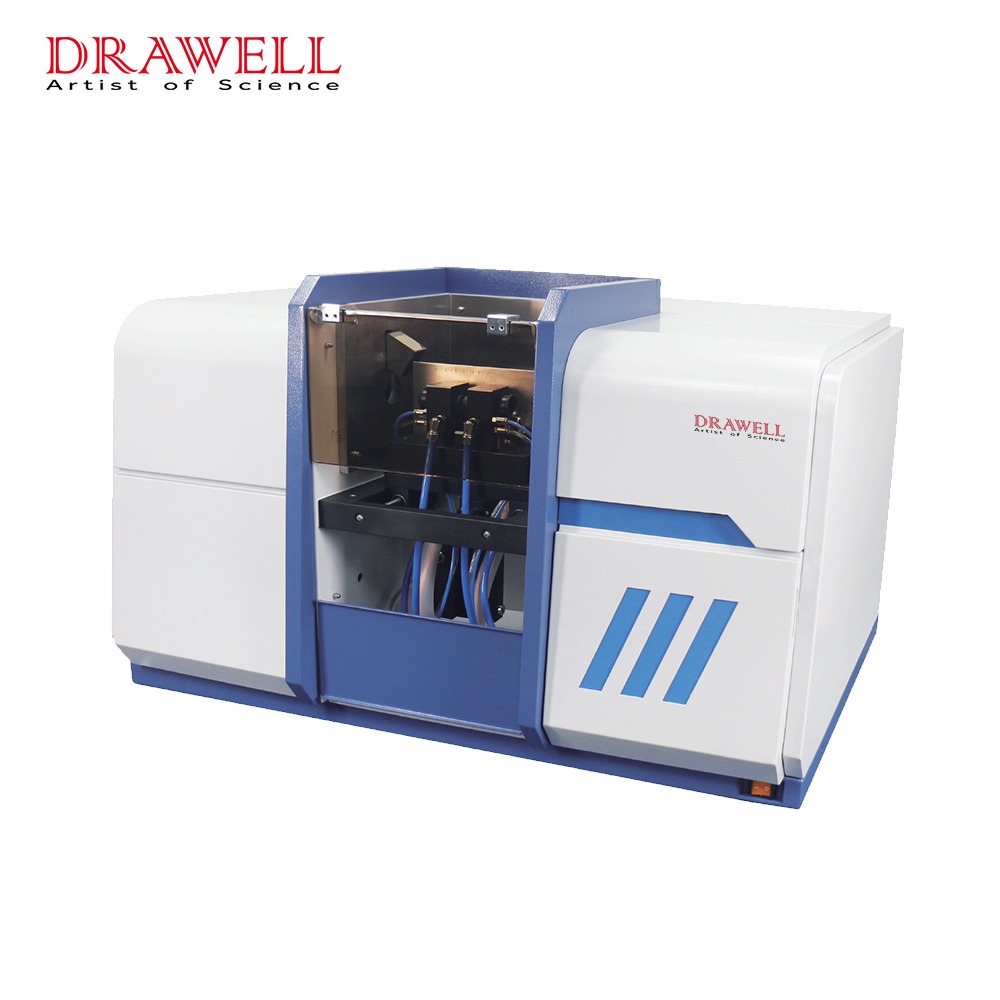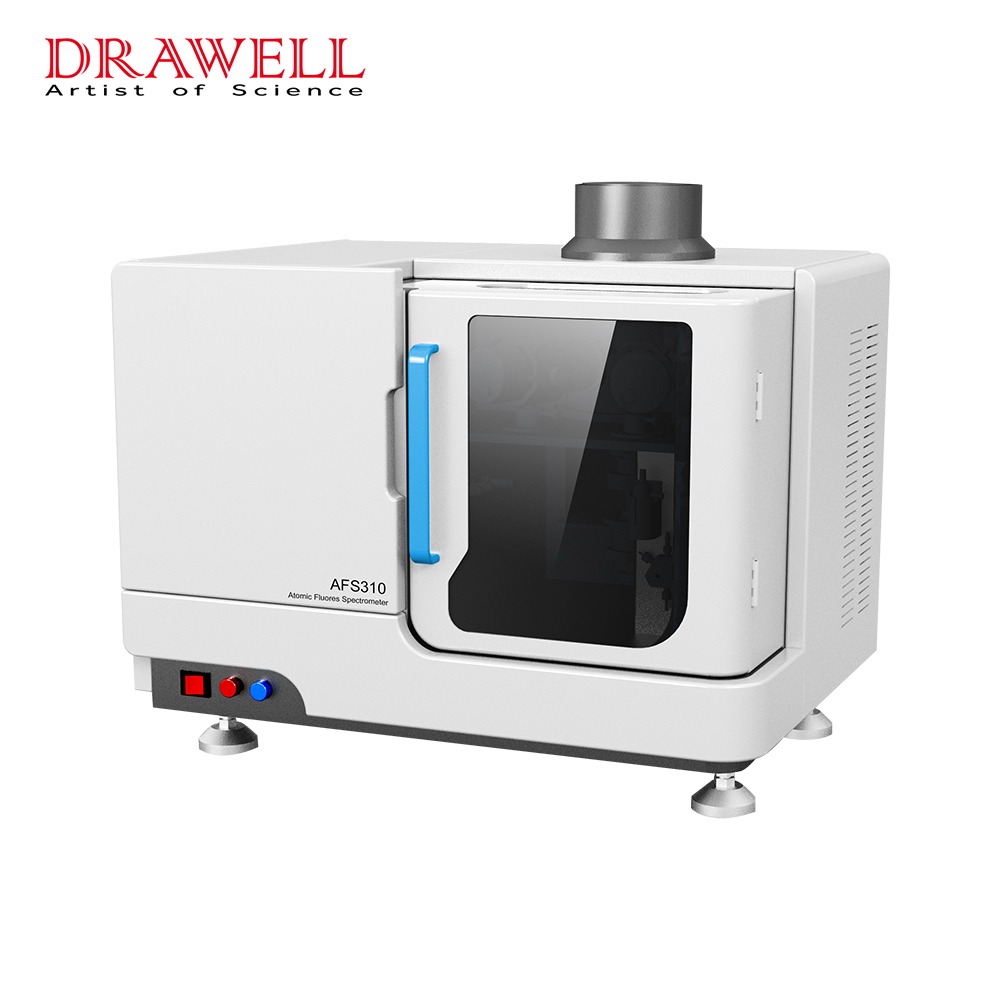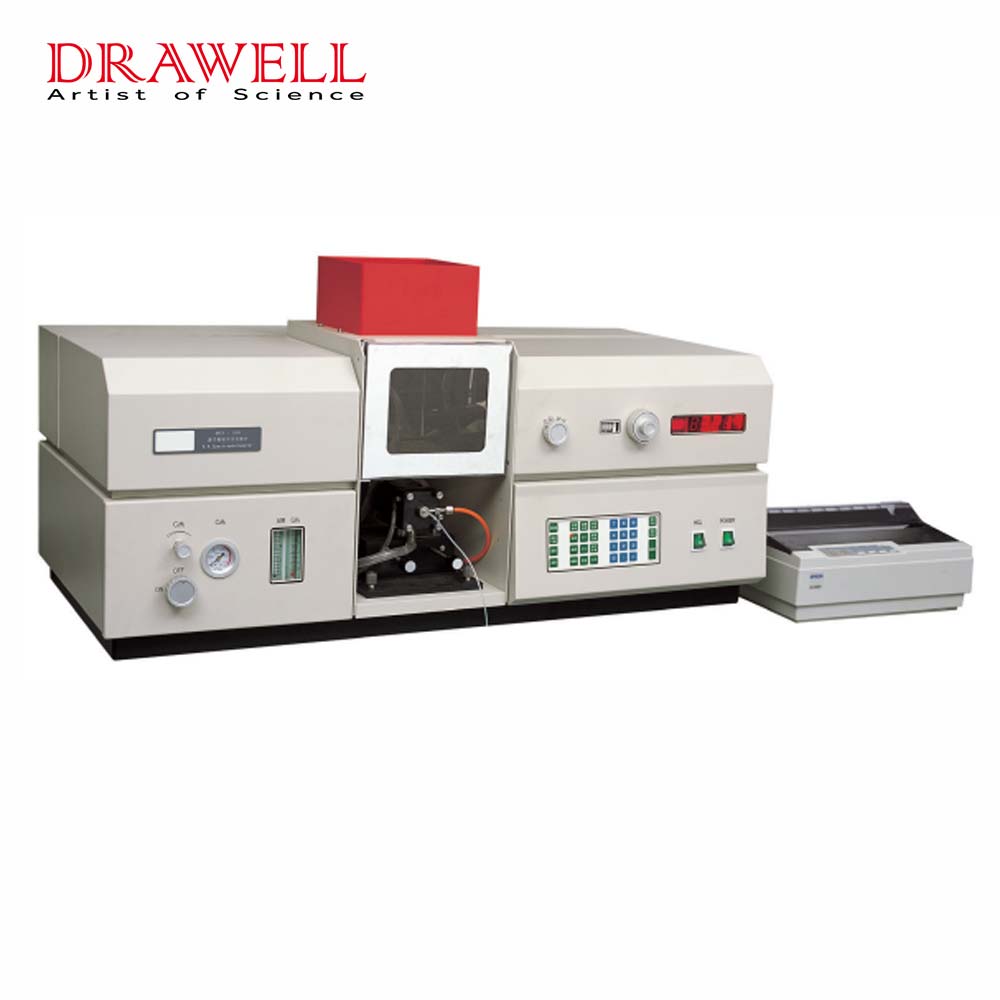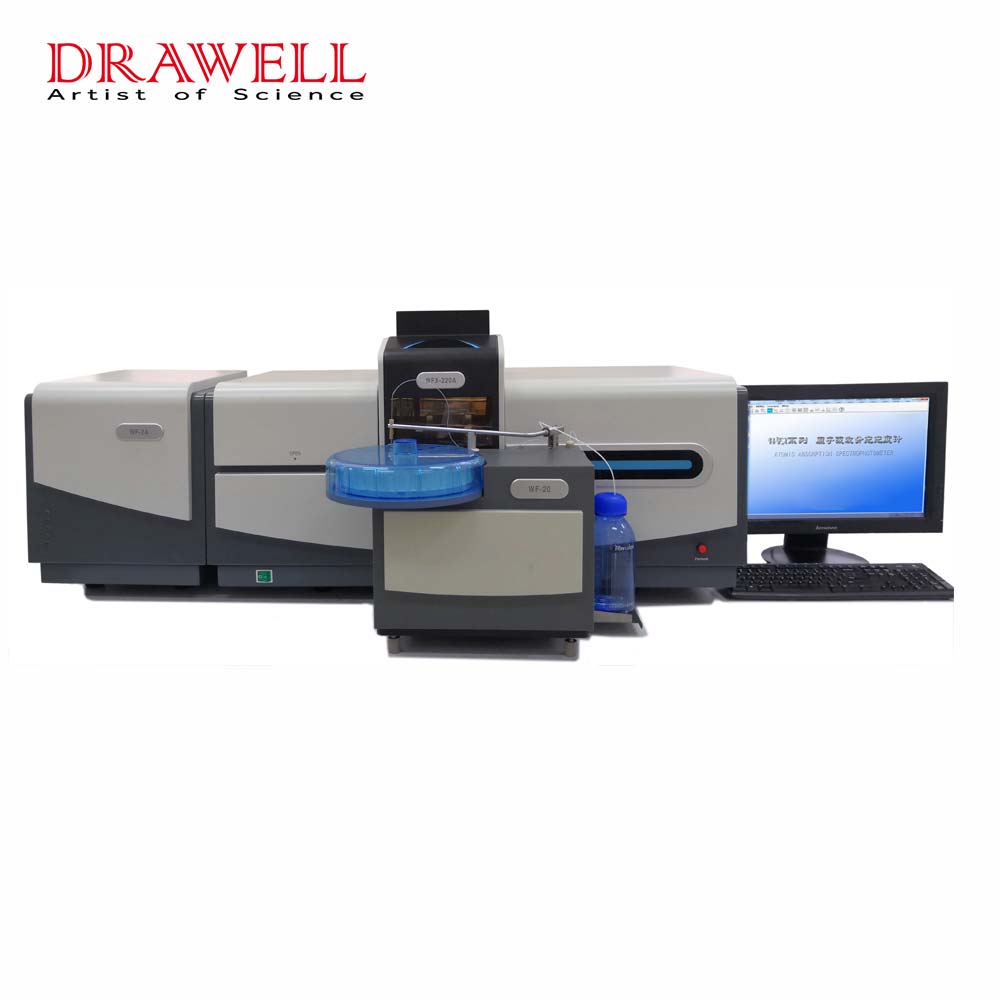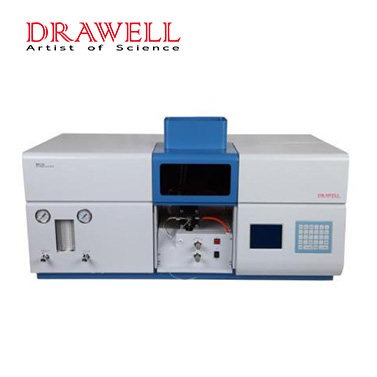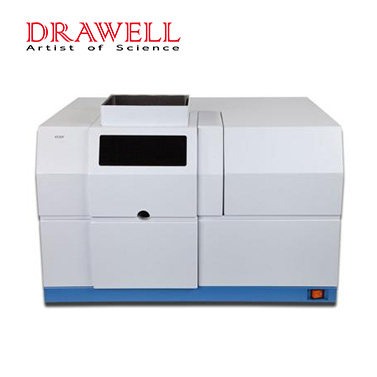Heavy metals, characterized by their high density and potential toxicity, are ubiquitous in the environment. While some heavy metals are essential for biological processes in trace amounts, excessive concentrations pose severe threats to human health and the environment. Monitoring heavy metal levels is crucial to identify contamination sources, assess risks, and implement effective remediation strategies. AAS(Atomic absorption spectroscopy) emerges as a frontline technique in this endeavor, offering a precise and sensitive means of heavy metal detection.
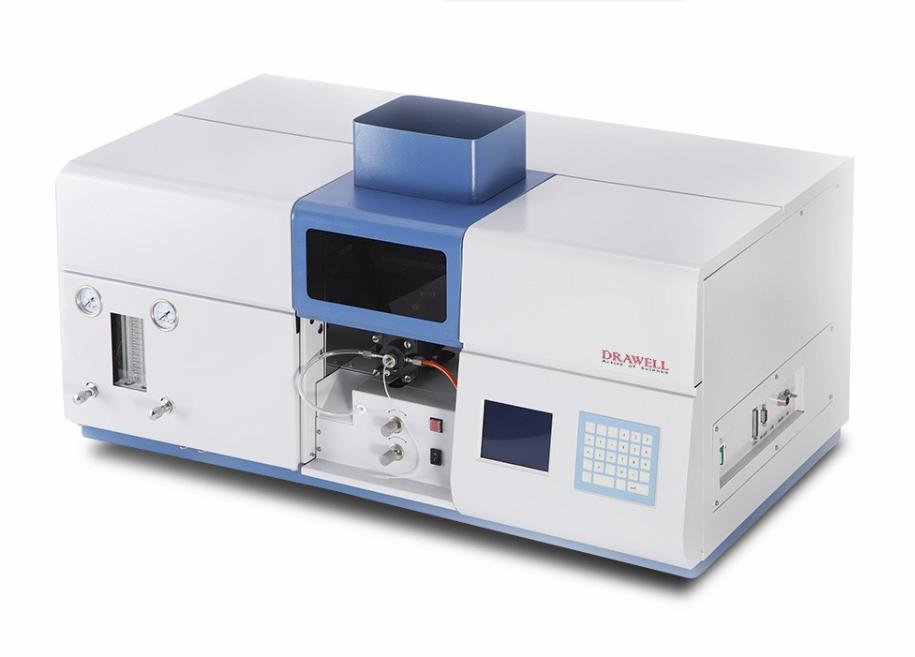
What are Heavy Metals?
Heavy metals refer to a group of metallic elements with high atomic weights and densities. Examples include lead, mercury, cadmium, and arsenic. These elements exhibit persistence in the environment, accumulating in soil, water, and organisms. Their non-biodegradable nature and ability to bioaccumulate make them particularly concerning.
Sources of Heavy Metal Contamination and Potential Impacts
Heavy metals find their way into the environment through natural processes, such as weathering of rocks, as well as anthropogenic activities like industrial discharges, agricultural runoff, and improper waste disposal. Once released, heavy metals can contaminate air, water, and soil, leading to detrimental effects on ecosystems and human health. Chronic exposure to elevated levels of heavy metals is associated with a range of health issues, including neurological disorders, developmental abnormalities, and carcinogenicity.
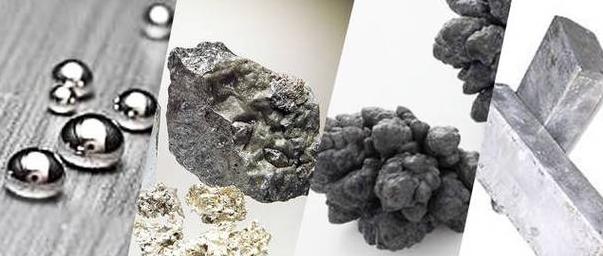
Why Using AAS Analysis for Heavy Metals?
AAS, or Atomic Absorption Spectroscopy, is a widely used analytical technique for the determination of trace and heavy metal concentrations in various samples. Here are some reasons why AAS is commonly employed in heavy metal analysis:
- Sensitivity: AAS is highly sensitive and capable of detecting metals at very low concentrations, typically in the parts per billion (ppb) or even parts per trillion (ppt) range. This sensitivity is crucial when analyzing environmental samples or biological specimens where trace amounts of heavy metals can have significant impacts.
- Selectivity: AAS is selective for specific elements, allowing researchers to focus on analyzing particular metals of interest. Different lamps or hollow cathode lamps can be used to target specific elements, providing a high degree of selectivity.
- Quantitative Analysis: AAS allows for accurate and precise quantitative analysis. By measuring the absorption of light at a specific wavelength, the concentration of the metal in the sample can be determined based on the Beer-Lambert law.
- Wide Range of Applications: AAS can be used to analyze a wide range of sample types, including water, soil, biological tissues, food, and industrial materials. This versatility makes it valuable for diverse fields such as environmental monitoring, food safety, and metallurgy.
- Reliability and Reproducibility: AAS is a well-established and mature analytical technique, which contributes to its reliability and reproducibility. Standardized procedures and calibration methods are widely available, ensuring consistent and accurate results.
- Cost-Effectiveness: AAS is often considered a cost-effective method for heavy metal analysis, especially when compared to some alternative techniques. The instrumentation is generally less expensive than some other sophisticated analytical methods.
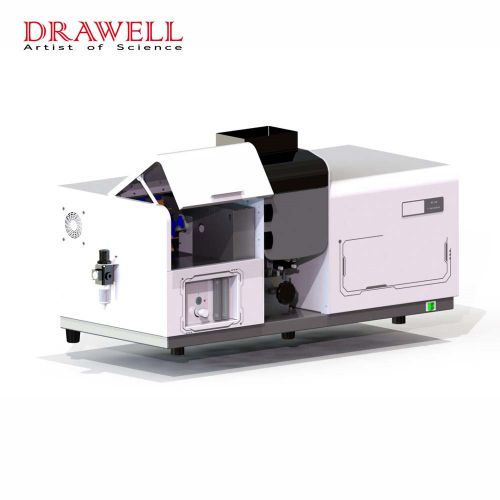
How does Heavy Metals Analyzed by AAS?
The analysis of heavy metals by Atomic Absorption Spectroscopy (AAS) involves several steps, from sample preparation to quantification. Here’s a general overview of how heavy metals are analyzed by AAS:
- Sample Collection and Preparation:
Collect samples based on the specific environmental or biological matrix under investigation (e.g., water, soil, plant tissues). Prepare samples according to established procedures, which may involve digestion, extraction, or dilution, depending on the matrix and the form of the heavy metals.
- Calibration Standards:
Prepare a series of calibration standards with known concentrations of the heavy metal(s) of interest. The standards should cover the expected concentration range of the samples.
- Instrument Setup:
Set up the AAS instrument, ensuring that it is properly calibrated and optimized for the specific heavy metal being analyzed. This includes selecting the appropriate hollow cathode lamp for the element, adjusting the wavelength, and optimizing instrumental parameters.
- Sample Introduction:
Introduce the prepared sample into the AAS instrument. This can be done using a nebulizer, which converts the liquid sample into an aerosol, or a graphite furnace for solid samples. The choice depends on the sample matrix and the specific requirements of the analysis.
- Atomization:
In the flame or graphite furnace, the sample undergoes a process of atomization. In the flame, this includes desolvation, vaporization, and atomization of the analyte. In the graphite furnace, the sample is deposited onto a graphite tube and heated to high temperatures for atomization.
- Absorption Measurement:
The hollow cathode lamp emits light at the resonance wavelength of the specific heavy metal being analyzed. As the atoms in the sample are vaporized and excited, they absorb light at this characteristic wavelength. The amount of absorbed light is proportional to the concentration of the heavy metal in the sample.
- Calibration Curve:
Measure the absorbance of the calibration standards at the chosen wavelength. Use these measurements to create a calibration curve that relates absorbance to concentration. This curve serves as the basis for quantifying the concentration of the heavy metal in unknown samples.
- Quantification:
Measure the absorbance of the sample at the resonance wavelength and use the calibration curve to determine the concentration of the heavy metal. AAS is a quantitative technique, providing accurate and precise results when properly calibrated.
- Quality Control:
Implement quality control measures, such as running blank samples, standard reference materials, and periodic checks with certified reference materials. These measures help ensure the accuracy and reliability of the results.
- Data Analysis and Reporting:
Analyze the data obtained from the instrument, including absorbance values and concentrations. Report the results, noting any relevant details about the sample matrix, sample preparation, and instrument parameters.
It’s crucial to follow standardized procedures and quality control practices to ensure the accuracy and reliability of heavy metal analyses by AAS.
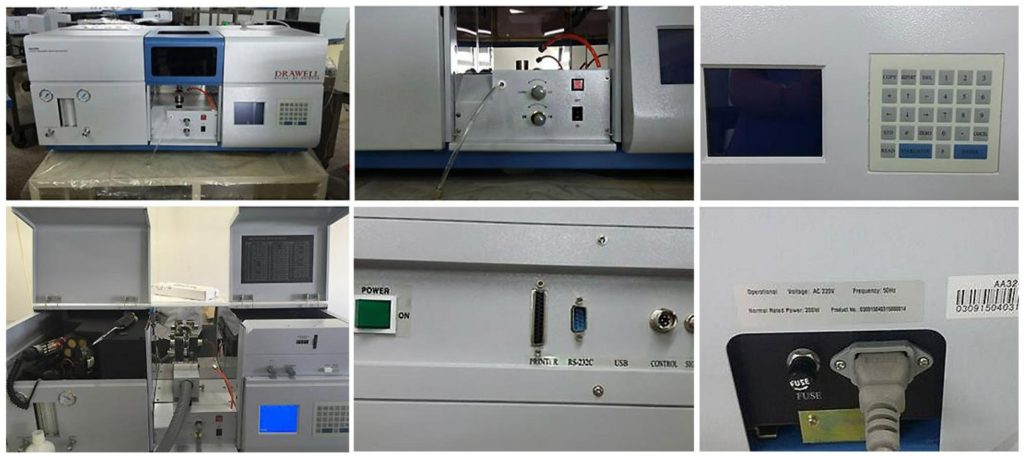
Different Techniques Used in Heavy Metals Compared with AAS
When choosing an analytical technique for heavy metal analysis, researchers and analysts consider various factors such as sensitivity, selectivity, speed, cost, and sample matrix compatibility. AAS (Atomic Absorption Spectroscopy) is one of several techniques used for heavy metal analysis, and its selection depends on the specific requirements of the analysis. Here is a comparison of AAS with other commonly used techniques:
| Analytical Technique | Advantages | Advantages of AAS |
| ICP-MS (Inductively Coupled Plasma Mass Spectrometry) | Higher sensitivity and lower detection limits Capability for multi-element analysis | Simplicity and lower cost |
| ICP-OES (Inductively Coupled Plasma Optical Emission Spectroscopy) | Higher sensitivity and greater dynamic range Multi-element analysis | Simplicity and lower cost |
| Graphite Furnace AAS (GFAAS) | Higher sensitivity and lower detection limits Suitable for trace elements in complex matrices | Simplicity and ease of use Flame AAS is cost-effective for routine analyses Flame AAS can handle a wider range of sample matrices |
| XRF (X-ray Fluorescence) | Non-destructive technique Can analyze solid samples without extensive prep | Higher sensitivity for certain elements Generally lower cost compared to XRF Quantitative accuracy |
| Voltammetry | High sensitivity for certain metals Capability for in-situ analysis | Simplicity and ease of use Wider range of elements that can be analyzed |
Drawell also provide ICP-MS, ICP-OES and XRF for analysis, please feel to contact us if you have any interests.

Environmental and Health Implications
Heavy metal exposure poses significant risks to both human health and the environment. Ingestion of contaminated water or food, inhalation of polluted air, and direct contact with contaminated soil contribute to human exposure. Chronic exposure can lead to a range of health problems, from organ damage to neurological disorders. Environmental consequences include soil degradation, water pollution, and disruption of aquatic ecosystems. AAS, with its ability to quantify metal concentrations accurately, plays a pivotal role in assessing and mitigating these risks.
AAS: Guardian of Environmental and Human Well-being
In conclusion, AAS stands as a cornerstone in the realm of heavy metal analysis, providing unparalleled insights into the distribution and concentration of these potentially harmful elements. Continuous monitoring using AAS is imperative for safeguarding both environmental integrity and human health. As heavy metal contamination continues to pose challenges globally, the role of AAS in unraveling these mysteries and facilitating effective interventions becomes increasingly crucial.
Partnering with an AAS Supplier for a Sustainable Future
For laboratories and industries committed to environmental stewardship and public health, choosing the right AAS supplier is paramount. Reliable AAS instruments and accessories ensure accurate and precise measurements, contributing to the effectiveness of heavy metal monitoring programs. Therefore, selecting a reputable AAS supplier is not just a choice; it’s an investment in a sustainable and healthier future.

